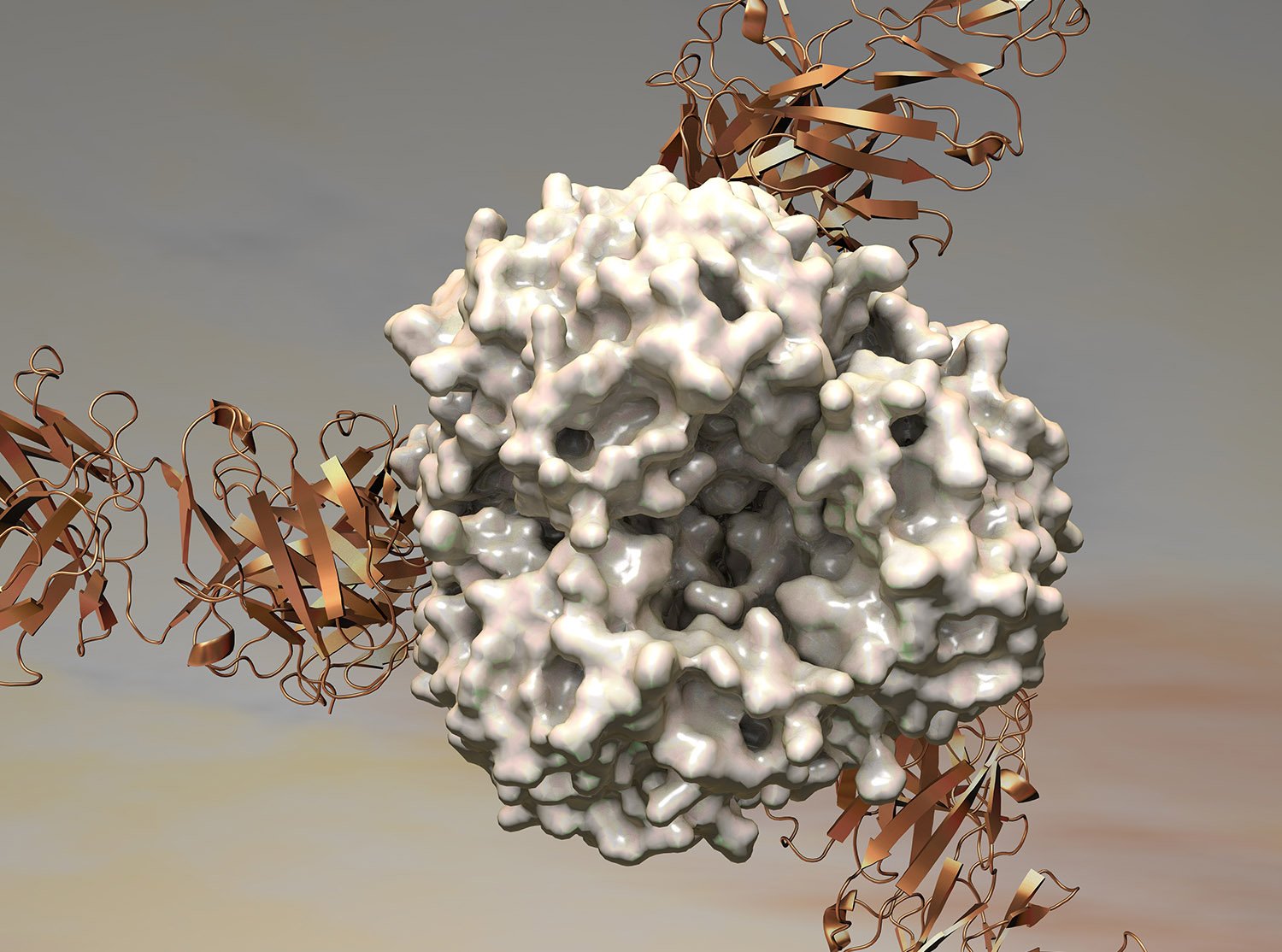New retroreflective material could be used in nighttime color-changing road signs
A thin film that reflects light in intriguing ways could be used to make road signs that shine brightly and change color at night, according to a study that will be published on Aug. 9 in Science Advances. The technology could help call attention to important traffic information when it’s dark, with potential benefits for both … Read more









